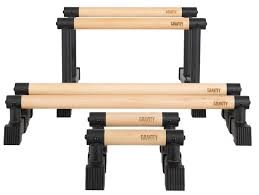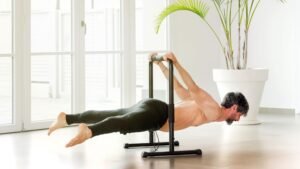Calisthenics parallettes have become a game-changer in the realm of bodyweight training, offering a versatile and effective way to build strength and enhance overall fitness. In this article, we’ll explore the history of parallettes, the benefits of incorporating them into your workouts, essential exercises, choosing the right equipment, success stories, and more.
Table of Contents
Meaning of Calisthenics Parallettes
Calisthenics parallettes, often referred to simply as parallettes, are versatile fitness tools that have become a staple in calisthenics training. These compact, parallel bars offer a unique approach to bodyweight exercises, enhancing strength, flexibility, and coordination. Parallettes are typically waist-height parallel bars that cater to a variety of skill levels, making them accessible for beginners and challenging for advanced practitioners.
History of Parallettes
Parallettes have a rich and fascinating history, tracing their origins back to the world of gymnastics and evolving into a fundamental tool in calisthenics training. The concept of parallel bars for exercise dates back to ancient Greece, where gymnastics, a sport emphasizing physical prowess and artistry, took shape.
As gymnastics progressed through history, the use of parallettes became more refined. The transition from traditional parallel bars to the compact and portable parallettes we know today began to take shape during the 19th century. This evolution was driven by the desire to make these training tools more accessible and versatile, allowing individuals to perform a broader range of exercises beyond the traditional gymnastic routines.
The adoption of calisthenics parallettes became a natural progression. Calisthenics, with its emphasis on bodyweight exercises, found a perfect companion in parallettes. parallettes stand as a testament to the enduring legacy of gymnastics and its influence on the evolution of fitness tools, playing a vital role in shaping the landscape of calisthenics training.
Types of Calisthenics Parallettes
Selecting the right calisthenics parallettes is a pivotal decision that can significantly impact your workout routine. The market offers a diverse range of options, each boasting distinct features and benefits. Understanding the types of parallettes is essential for making a well-informed choice that aligns with your fitness goals.
1. Material Matters:
Calisthenics parallettes come in different materials, with wooden and metal being the primary choices. Wooden parallettes often provide a natural grip, ensuring stability during exercises like handstands or planches. On the other hand, metal parallettes are known for their durability and resistance to wear and tear, making them suitable for intense workout sessions.
2. Height Adjustability:
Another crucial factor is the height of the parallettes. Some models offer adjustable heights, allowing you to customize the equipment based on your preferences and the specific exercises you plan to perform. Fixed-height parallettes, while limiting in this aspect, may provide added stability for certain movements.
3. Portability and Storage:
Consider the portability of the parallettes, especially if you plan to use them in various locations. Collapsible or portable options are ideal for those who want to carry their workout equipment wherever they go. Additionally, parallettes with easy storage solutions are convenient for home gyms with limited space.
Thus, the types of calisthenics parallettes available cater to a wide range of preferences and workout styles. Whether you prioritize the grip of wooden bars, the durability of metal, or the convenience of height adjustability, understanding these differences ensures that you choose the perfect parallettes to elevate your calisthenics journey.
Benefits of Incorporating Parallettes in Workouts
Incorporating calisthenics parallettes into your workout routine unlocks a plethora of benefits that go beyond traditional exercise methods. These elevated parallel bars, known as parallettes, offer a unique approach to fitness, providing distinct advantages that cater to various fitness levels and goals. Let’s explore the compelling reasons why parallette training stands out as an essential component for those seeking to enhance their overall fitness. Calisthenics Parallettes due to their incredible versatility offer numerous advantages in workouts few of which listed below:
1. Enhanced Strength and Stability:
One of the primary benefits of parallette training is the improvement of upper body strength and overall stability. By engaging in exercises like dips and push-ups on parallettes, individuals can target specific muscle groups, including the chest, triceps, and shoulders, fostering strength development and improved stability.
2. Targeted Muscle Engagement:
They enable precise targeting of specific muscle groups, allowing for isolation and focused strengthening. This targeted engagement is particularly beneficial for individuals aiming to sculpt and define specific areas of their body, enhancing both aesthetics and functional strength.
3. Versatility in Workouts:
The versatility of parallettes extends the range of exercises that can be performed. From handstands to L-sits and leg raises, the variety of movements achievable with parallettes ensures a well-rounded workout routine, preventing monotony and promoting continuous improvement.
4. Joint-Friendly Training:
Parallette exercises often involve a neutral wrist position, making them joint-friendly and suitable for individuals with wrist sensitivity. This accommodates a broader demographic, allowing more people to reap the rewards of calisthenics without compromising joint health.
In conclusion, the integration of parallettes in workouts provides a holistic fitness experience, combining strength, stability, and targeted muscle engagement. Whether you’re a fitness enthusiast or a seasoned athlete, calisthenics parallette training offers a dynamic and effective approach to elevate your fitness game.
Tailored Calisthenics Parallettes Workouts
Whether you’re a novice embarking on your fitness journey or a seasoned enthusiast seeking a new challenge, parallettes offer versatile routines tailored to your skill level.
1. Beginner Workout Routine
If you’re new to parallettes training, start with foundational exercises that build strength and body awareness. Begin with assisted movements like push-ups and dips to develop upper body strength. Incorporate leg lifts and knee tucks to engage your core. This entry-level routine focuses on establishing a solid base, ensuring you grasp proper form and technique.
2. Intermediate Workout Routine
For those ready to progress, an intermediate parallettes workout introduces dynamic movements and increased intensity. Dive into exercises like L-sits, handstand holds, and tucked planches to challenge your balance and coordination. This stage emphasizes refining your form and gradually advancing towards more complex maneuvers.
3. Advanced Workout Routine
Elevate your calisthenics game with an advanced parallettes workout designed for the adept practitioner. Delve into full planches, V-sits, and handstand push-ups to push your limits. This regimen is tailored for individuals with a solid foundation in parallettes training, aiming to master intricate skills and achieve peak strength and agility.
Whether you’re a beginner, intermediate, or advanced enthusiast, these parallettes workouts provide a progressive path to fitness excellence. Tailor your routine to your current level, and watch as your strength, balance, and skills reach new heights.
Essential Calisthenics Parallette Exercises
The top 10 exercises crafted for beginners provide a gateway to mastering strength, control, and flexibility. Let’s delve into these foundational moves, emphasizing the importance of proper form and technique.
1. Dips:
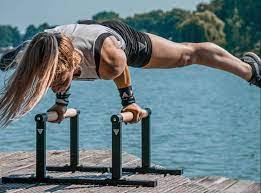
Kickstart your parallette journey by perfecting the art of dips. Targeting triceps and chest muscles, mastering proper form ensures an effective upper body workout.
2. L-Sits:

Elevate your core strength with L-sits, a foundational exercise that demands precise technique. Achieving the right form not only sculpts your abs but also enhances overall body control.
3. Tuck Planches:

Dive into the world of calisthenics with tuck planches on parallettes. Focusing on form and technique builds core strength and shoulder stability.
4. Handstands:
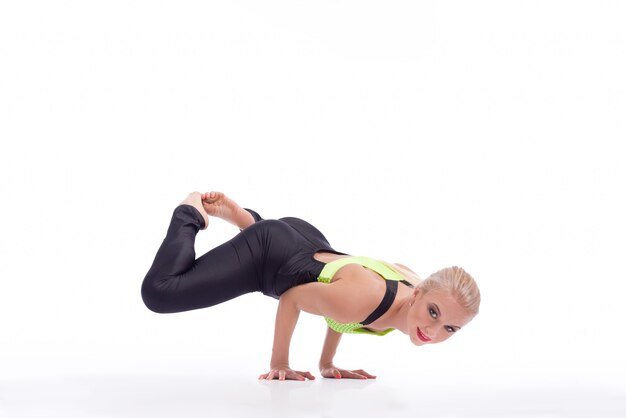
Develop spatial awareness and shoulder strength through beginner-friendly parallette handstands. Proper technique is paramount for balancing and maximizing full-body engagement.
5. Push-Ups:
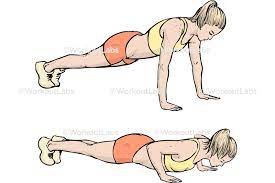
Transform traditional push-ups with parallettes, intensifying the exercise while ensuring wrist comfort and proper form.
6. Rows:
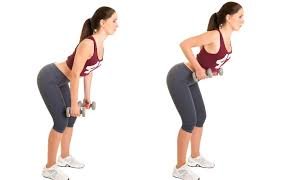
Perfect your rowing technique on parallettes to engage back muscles effectively. This exercise contributes to a well-rounded upper body workout.
7. Pike Push-Ups:
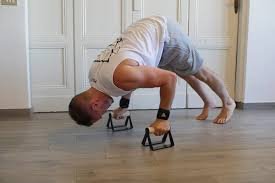
Target shoulders and upper back with pike push-ups on parallettes. Mastering correct form maximizes the benefits of this challenging yet rewarding exercise.
8. Leg Raises:
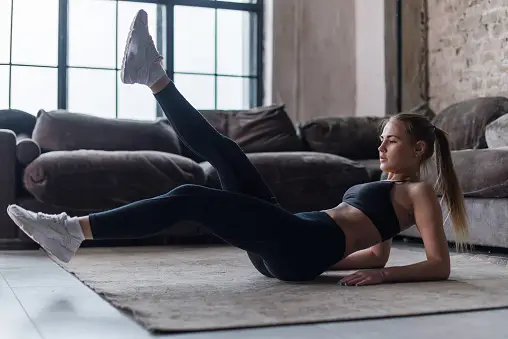
Enhance lower abdominal strength with parallette leg raises. Focus on controlled movements for maximum impact on core muscles.
9. Tuck Sit:
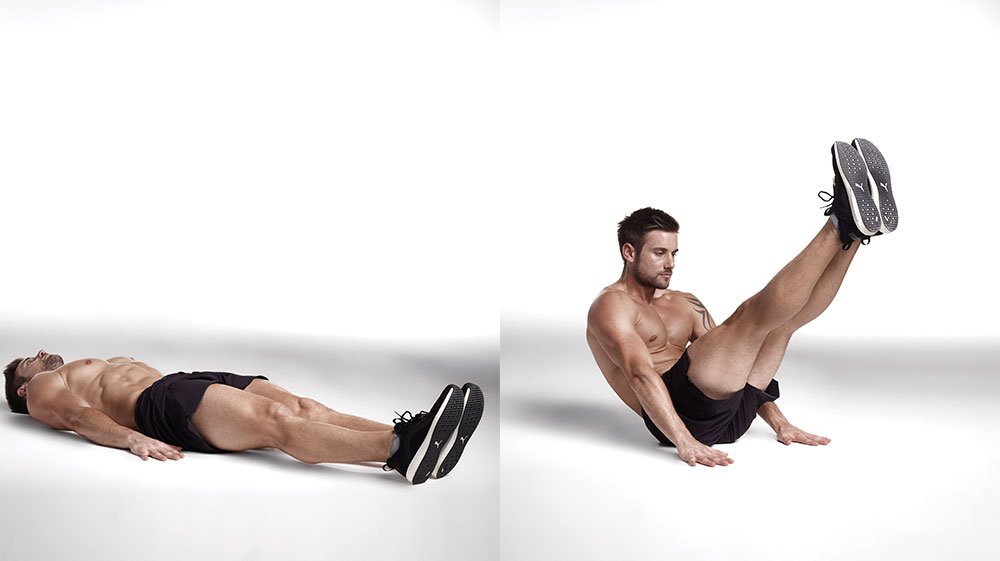
Refine body control with the tuck sit on parallettes, serving as a precursor to more advanced calisthenics movements.
10. Parallel Bars Support Hold:
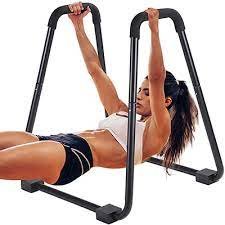
Conclude your beginner’s routine with a parallel bars support hold, emphasizing proper form to build endurance and stability.
Incorporating these top 10 parallette exercises into your routine not only kickstarts your calisthenics journey but also ensures a strong foundation. Remember, mastering proper form and technique is the key to unlocking the full potential of these empowering exercises.
Setting Up a Calisthenics Parallettes Routine
Embarking on a calisthenics journey with parallettes requires a well-structured routine to ensure continuous progress, regardless of your skill level. Whether you’re a novice eager to start or an advanced practitioner seeking new challenges, the key lies in a thoughtfully designed parallettes regimen.
1. Beginner’s Routine Tips:
For those just stepping into the world of calisthenics, kickstart your journey with fundamental exercises. Begin with basics like push-ups, dips, and leg lifts to build a strong foundation. Focus on mastering proper form and gradually introduce parallettes-specific movements like assisted L-sits. This stage is crucial for establishing body awareness and strength, setting the groundwork for future advancements.
2. Progressing to Challenges:
As you gain confidence and strength, transition to more advanced exercises. Incorporate dynamic movements such as handstand holds, tucked planches, and inverted presses. Embrace the challenge of increasing intensity while maintaining impeccable form. A gradual approach ensures your body adapts to the demands of parallettes training, minimizing the risk of injuries.
3. Avoiding Common Pitfalls:
Regardless of your expertise, it’s essential to be mindful of common mistakes. Steer clear of overtraining, prioritize full range of motion, and listen to your body’s signals. Balancing intensity with adequate rest is crucial for sustained growth. Additionally, ensure your parallettes routine incorporates a variety of movements to engage different muscle groups comprehensively.
Crafting an effective calisthenics parallettes routine is a dynamic process that evolves with your capabilities. Stay committed, adjust the intensity progressively, and relish the journey of mastering this empowering form of exercise.
Incorporating Calisthenics Parallettes into Different Fitness Programs
Discover the versatile integration of parallettes into diverse fitness regimens, fostering a harmonious blend of strength, flexibility, and stability across different disciplines. Parallettes serve as dynamic tools, seamlessly adapting to the unique demands of various fitness programs, expanding their efficacy beyond conventional boundaries.
1. Parallettes in CrossFit:
Uncover the dynamic role of parallettes in CrossFit, where they elevate functional strength and enhance gymnastic maneuvers. Experience the fusion of high-intensity training with precision as parallettes become essential components for mastering handstands, dips, and other dynamic exercises. Witness how CrossFit enthusiasts leverage parallettes for a comprehensive and challenging workout experience.
2. Yoga and Parallettes Synergy:
Explore the symbiotic relationship between yoga and parallettes, unlocking a world of balance, control, and refined movement. Immerse yourself in the mindful incorporation of parallette exercises within yoga practices, amplifying core engagement and fostering a deeper mind-body connection. Experience the fluidity as yoga postures seamlessly merge with parallette routines for a holistic fitness experience.
3. Parallettes in Bodyweight Training:
Delve into the realm of bodyweight training and witness the transformative power of parallettes. From enhancing push-ups and dips to enabling advanced calisthenics exercises, parallettes become catalysts for sculpting lean muscle and improving overall body control. Unearth the versatility of parallettes as they seamlessly intertwine with bodyweight workouts, offering a dynamic and engaging training experience.
Understanding the synergy between calisthenics parallette exercises and these diverse fitness programs unveils a world of possibilities, allowing individuals to tailor their workouts to specific goals and preferences. Embrace the fusion of strength, agility, and flexibility as parallettes become integral components in shaping a well-rounded and personalized fitness journey.
Overcoming Challenges in Parallette Training
Embarking on a calisthenics parallette training journey presents exhilarating opportunities for fitness enthusiasts, yet it is not without its challenges. Addressing these obstacles head-on is pivotal for maximizing the benefits of this dynamic training method.
1. Building Upper Body Strength:
One common hurdle in parallette training is the initial struggle to build upper body strength. To conquer this challenge, incorporate targeted exercises like dips, push-ups, and handstands into your routine. Gradually increase repetitions and intensity to fortify your upper body muscles progressively.
2. Developing Balance:
Balancing on calisthenics parallettes demands a combination of strength and stability. Enhance your balance by incorporating exercises that focus on core engagement, such as L-sits and tuck holds. Consistency is key; regular practice will refine your proprioception and enhance overall stability.
3. Progression from Basic to Advanced Moves:
Transitioning from basic to advanced calisthenics parallette moves can be daunting. Start with fundamental exercises like dips and push-ups, gradually introducing more complex movements as your strength and skill develop. Patience and a systematic approach are paramount for a seamless progression.
4. Practical Tips for Success:
To navigate the challenges effectively, prioritize proper form over intensity. Pay attention to your body’s signals, allowing for adequate rest and recovery. Consider consulting with a fitness professional for personalized guidance tailored to your specific needs and goals.
By understanding and proactively addressing these challenges, you can elevate your parallette training experience. Embrace the journey, celebrate small victories, and witness the transformation of your strength, balance, and skill.
Tips for Proper Parallette Form
Unlock the full potential of your parallette workouts by prioritizing proper form. Achieving the ideal form not only enhances the effectiveness of your exercises but also safeguards against potential injuries. Here are essential tips to master your parallette form:
1. Hand Positioning:
Optimal hand positioning is crucial for stability and strength during calisthenics parallette exercises. Place your hands shoulder-width apart, ensuring a firm grip on the bars. This alignment provides a solid foundation, reducing the strain on your wrists and promoting better control.
2. Body Alignment:
Maintain a straight and engaged body alignment throughout your routines. Avoid arching your back or sagging your hips, as this can lead to unnecessary stress on your spine. Engage your core muscles and keep a neutral spine position to ensure a balanced and effective workout.
3. Common Mistakes to Avoid:
Be vigilant about common mistakes that can compromise your form and increase the risk of injuries. Steer clear of overextending your elbows, as this can strain your joints. Additionally, resist the temptation to rush through exercises; instead, focus on controlled movements to maximize muscle engagement.
By incorporating these tips into your calisthenics parallette training, you create a solid foundation for progress. Consistency in proper form not only elevates the efficiency of your workouts but also contributes to long-term fitness success.
Elevate Your Fitness Journey with Calisthenics Parallettes
In conclusion, the myriad benefits of incorporating calisthenics parallettes into your fitness routine cannot be overstated. From sculpting lean muscles to enhancing balance and coordination, these versatile tools provide a holistic approach to bodyweight training. The engagement of various muscle groups ensures a comprehensive workout, promoting strength and flexibility simultaneously.
As you embark on your fitness journey, consider embracing parallette training as a dynamic and effective addition to your regimen. Whether you’re a beginner or an experienced fitness enthusiast, the adaptability of parallettes allows for scalability in exercises, ensuring a tailored workout experience for every individual.
Take the leap, challenge your limits, and witness the transformative impact of calisthenics parallettes on your overall well-being. Let the journey to a stronger, more resilient you begin, one parallel bar at a time.
FAQs About Calisthenics Parallettes
Q: What are the key features to look for in high-quality parallettes?
A: High-quality parallettes should be sturdy, with a comfortable grip, and an appropriate height for your workout needs.
Q: How often should one incorporate parallette training into their workout routine?
A: It depends on your fitness level. Beginners might start with 2-3 sessions per week, gradually increasing frequency as they progress.
Q: Can parallette exercises be modified for beginners?
A: Absolutely. Beginners can start with simpler variations of exercises, gradually advancing as they build strength and confidence.
Q: Are there any safety precautions to consider when using parallettes?
A: Ensure a stable surface, warm-up adequately, and progress gradually to prevent overexertion and injuries.
Q: What distinguishes parallette training from traditional strength training?
A: Parallette training emphasizes bodyweight

